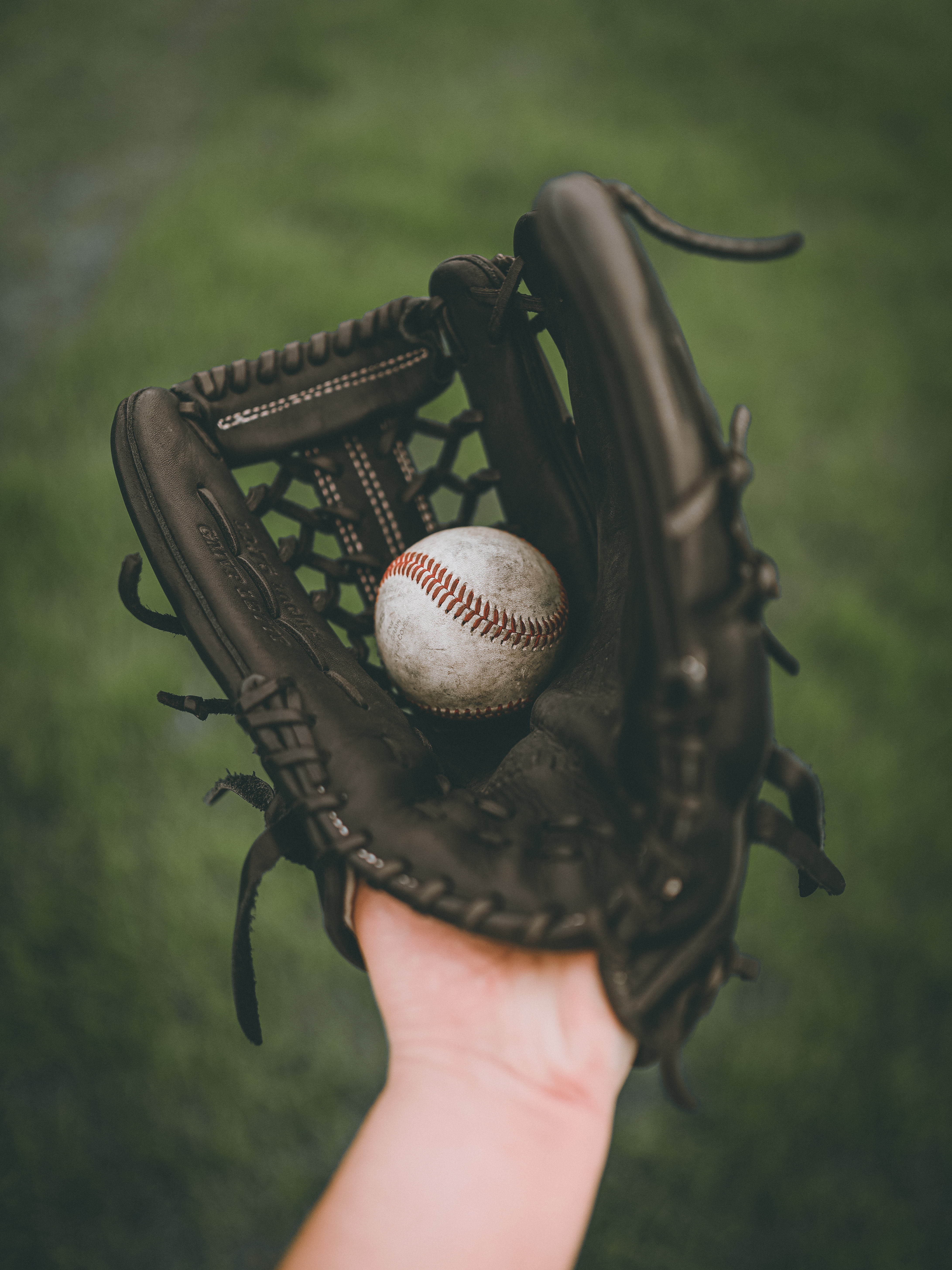For any athlete looking to improve their game or simply retain their skillset between seasons, off-season training is a must. Establishing a regimen helps keep muscles and reflexes strong without overexerting the body to the point of injury upon return to a competitive season.
In some cases, rehab plays a role in an off-season regimen, as returning from injury properly is a lengthy process that requires a good deal of effort to complete well.
Regardless, conditioning is a key aspect of any off-season training regimen, and a big part of conditioning for baseball and softball players is throwing exercises.
Studies show that pitchers, and players in general, in both sports are more likely to suffer injuries during the beginning and conclusion of a season.
At the outset of a season, muscles and joints may be overworked in an attempt to get game-ready, especially if off-season training didn’t take place at the proper level.
Towards the end of a season, wear and tear comes into play as bodies, joints, and muscles see heightened, consistent activation over an extended period.

In both cases, conditioning, endurance, and proper training techniques can play a critical role in avoiding injury throughout the season.
For younger athletes playing a variety of sports throughout the year, it may not make sense to be doing extensive drills for one sport while actively competing in another. If you’re playing hockey, practicing four times per week and competing twice per week, you’re already working out many of the same muscle and joint systems that are needed for spring baseball.
However, there’s always a pre-season to get ready for, and keeping a throwing arm healthy throughout the duration of a season requires work in the off-season.
A lot of programs and training techniques discuss the idea of a base level that an athlete gradually builds in their stamina. This is universal for just about athletic endeavor; the higher the baseline endurance and skill level are, the higher one can achieve.
When it comes to arm strength, it’s not just the pitchers who need that high baseline; it’s outfielders turning doubles into outs, catchers throwing out base runners, and infielders turning double plays on laser throws.
Long toss frequently comes up in conversations around improving and maintaining arm strength. Greg Maddux used to begin throwing long toss in January, throwing the ball as far as he could during the off-season. Barry Zito credited long toss, particularly pull-downs, with helping to solidify his release points on different pitches.
Former pro pitcher Steven Ellis recommends an off-season regimen of intervals for high schoolers consisting of warm-up catch and gradually increasing distances over decreasing time periods, twice per week.
You can find his exact program here http://www.thecompletepitcher.com/longtoss.htm.
Ellis’ recommendations track with recommendations from doctors and physical therapists for returning to game readiness.
Throwing programs, by design, should be progressive, never allowing an athlete to plateau, but to continually improve their skills and endurance.
Studies on the matter, such as this one https://www.ncbi.nlm.nih.gov/pmc/articles/PMC8137765/ discuss the biomechanical changes brought on by long toss; increasing throwing distance boosts overall arm speed and shoulder rotation ability while decreasing arm slot (angle of the forearm to the ground). One thing that the studies all agree upon: decreased effort is key to ensuring long toss is effective.
If you’re throwing as hard as you can during long toss or training sessions, you’re increasing the risk of injury.
Additionally, working in the off-season allows for refining mechanics and throwing as much or as little as needed to keep an arm in shape. Supervision is key to ensuring that you aren’t training in the wrong ways.
If you live in an area with relatively mild winters, getting outside during the offseason isn’t much of an issue. The weather, for the most part, stays well above freezing during the day, and you can hit a local field or diamond to get training reps in without a hitch.
Outside of those areas, late fall-to-early spring training gets tricky with inclement weather and plunging temperatures. While training facilities and gyms provide enough space for smaller workouts, the great outdoors remains unmatched for long toss training.
If you believe that someone like Greg Maddux knows what they’re talking about in terms of when to start throwing long toss ahead of a season, chances are you’re going to be dealing with bad weather and low temperatures.
That’s where a product like the Frost Gear Throwing Gloves can come into play, allowing for a consistent, strong grip on wet and cold baseballs and softballs while protecting your hands from the elements. Using this gear allows for consistent off-season training as well in-season practice assistance for fall ball and/or spring training.
And don’t just take my word for it: per one customer review: “We got the gear for my daughter who plays fast-pitch softball practically year round…and she loves everything about it, especially the throwing gloves and the batting gloves. They keep her hands warm during the off-season workouts.”
“Not only are [Frost Gear Throwing Gloves] great for gripping and throwing,” another customer wrote, “I used the gloves while doing workouts outdoors…I would highly recommend them,, especially if you ever used batting gloves to throw and try to keep your hands warm.”
Long story short: if you want to become a better pitcher or fielder year-over-year, you need to strengthen your arm. Setting up a long toss program to use in the off-season will help get you ready for game day, keep you off the injured list, and ready to throw hard all season.





















